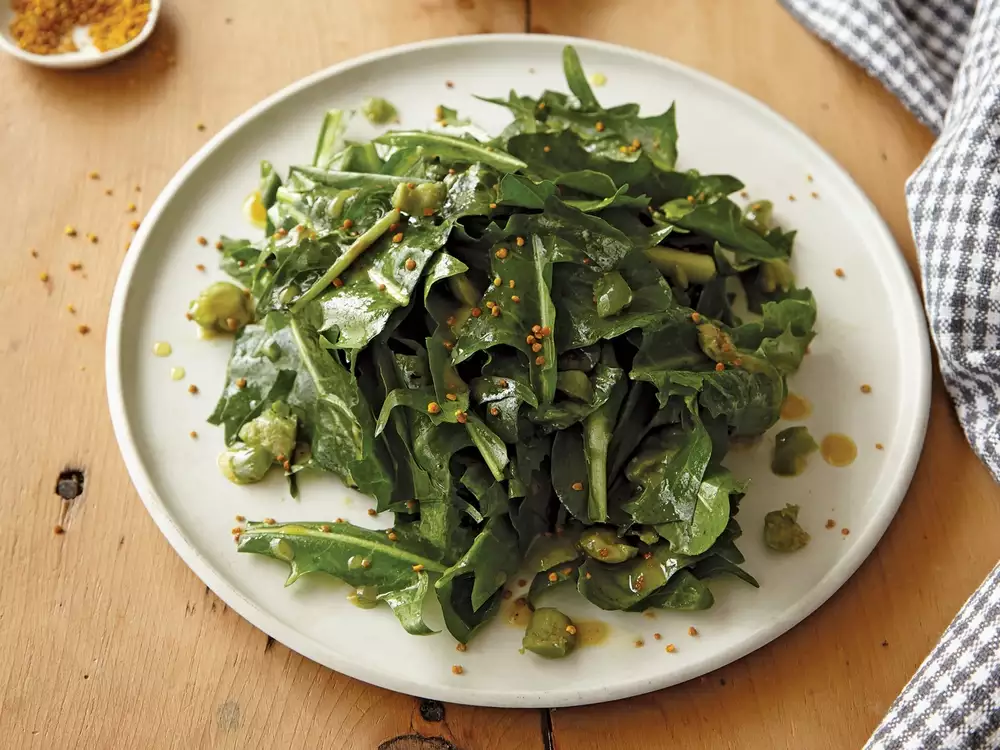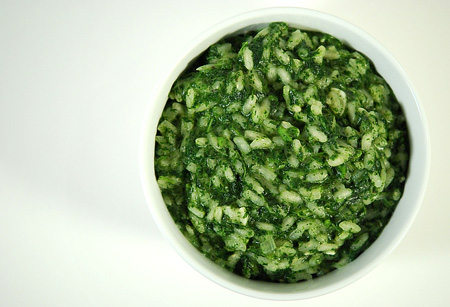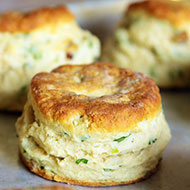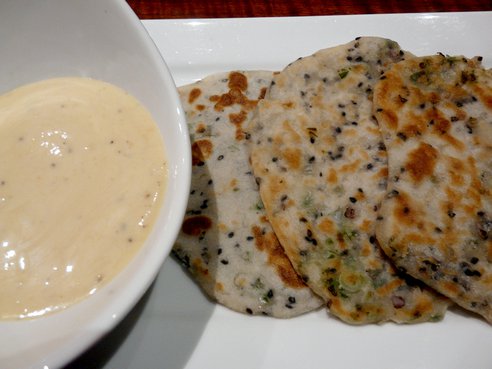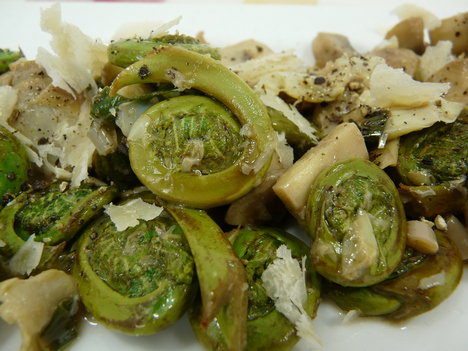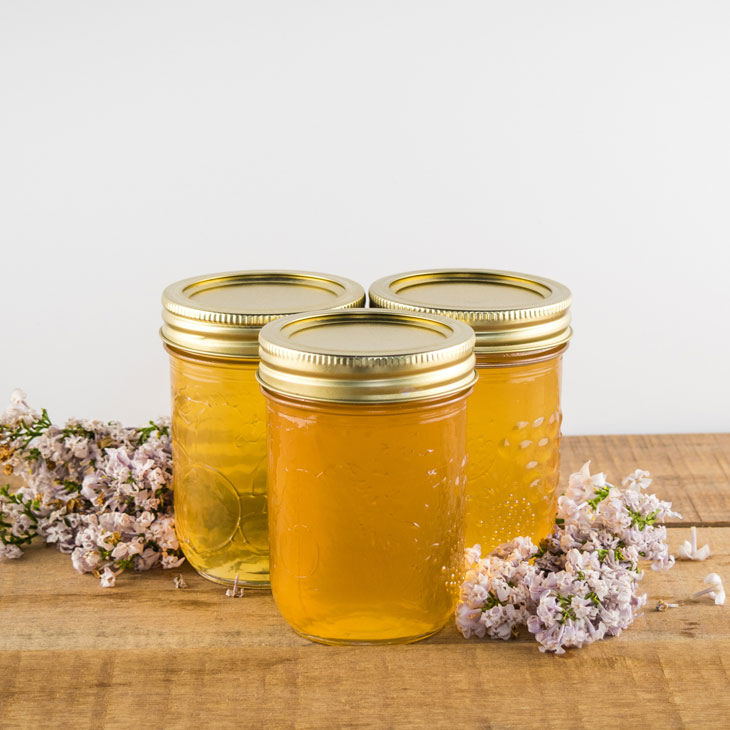Bean & Pea Shoot Stir Fry
This is a flexible dish that I created to make use of stored beans and rice and sprouted seeds. I like pea shoots, so that’s what I have. You could also use mung bean sprouts or another microgreen, such as arugula, sunflower sprouts, watercress, etc. You can also add any kind of other vegetable that you have on hand. I’ve noted where you add them in the recipe. Longer cooking fresh vegetables first, shorter cooking fresh vegetables later, canned (already cooked and more likely to break apart) even later, and then tender greens at the very end. I chose an Asian flavor profile, because that’s what I like and what I am storing, but you can alter the spices, replace the soy with Worcestershire, vinegars, pickling liquid, fish sauce, coconut milk, Mirin and so on).
1 C. Rice
2 C. Water
1 -2 tsp. Oil (If you have fresh vegetables to add in addition to onion, use more. Otherwise, use less)
1 Onion, Sliced (If you do not have this in your root cellar or from a garden, you can omit it, but food without onions is a sad thing!)
2 C. beans, cooked or canned
½ tsp. Garlic Powder
½ tsp. ground Ginger
¼ C. Soy Sauce
1 small can Tomato Paste
½ C. Water
Couple handfuls freshly harvested Pea Shoots (you could also use tender foraged greens such as purslane, dandelion, red clover, lamb’s quarters – but be sure you are picking what you think you are!)
Heat water for rice to near boiling, add rice, stir once. Cover and reduce heat and cook on low for 22-25 minutes. While Rice cooks, heat oil in a large frying pan. Add onion and cook, stirring occasionally, for about 5-10 minutes, until the onion begins to soften and turn translucent. If you happen to have other fresh (sturdier type) vegetables from a garden or forage, such as celery, peppers, or carrots, etc.you can add them with the onion. After 5 minutes or so, if you have more tender / faster cooking vegetables, such as peas, shredded sturdier dark leafy vegetables like collards or kale, fiddleheads etc., you can add them now and cook with the other vegetables a few more minutes. Add beans, garlic powder, ginger, soy sauce, tomato paste and water. IF you happen to have a fully cooked meat product on hand, you can add some of that with the beans. IF you did not have onions or any other vegetables, you can boost the flavor with some dried herbs. IF you have a canned vegetable, you can add that now. Cook over lower heat for 10-15 minutes, stirring gently now and again, until everything is heated through. Add your pea shoots, toss just to combine and slightly wilt the pea shoots. Serve your bean mixture over your cooked rice.
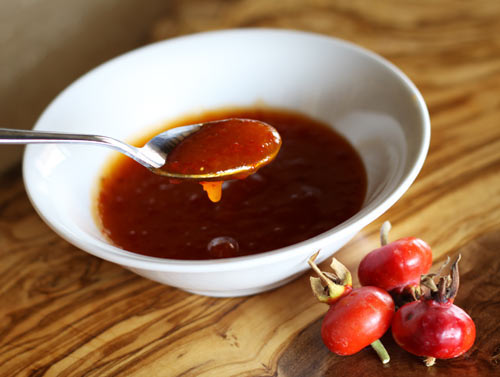
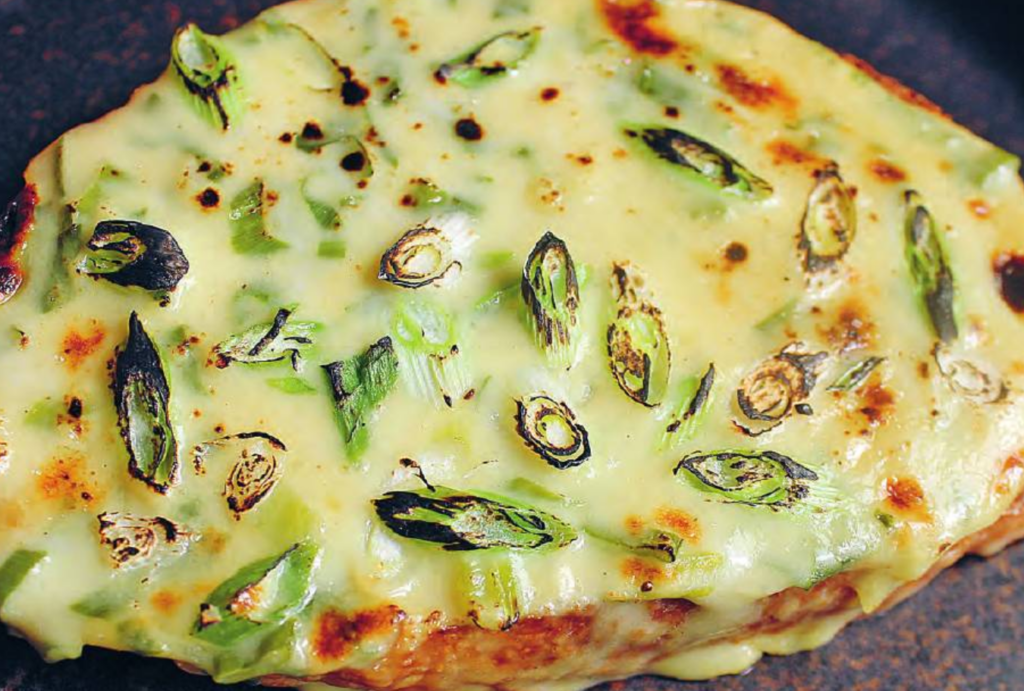 Welsh Rarebit with Wild Onions
Welsh Rarebit with Wild Onions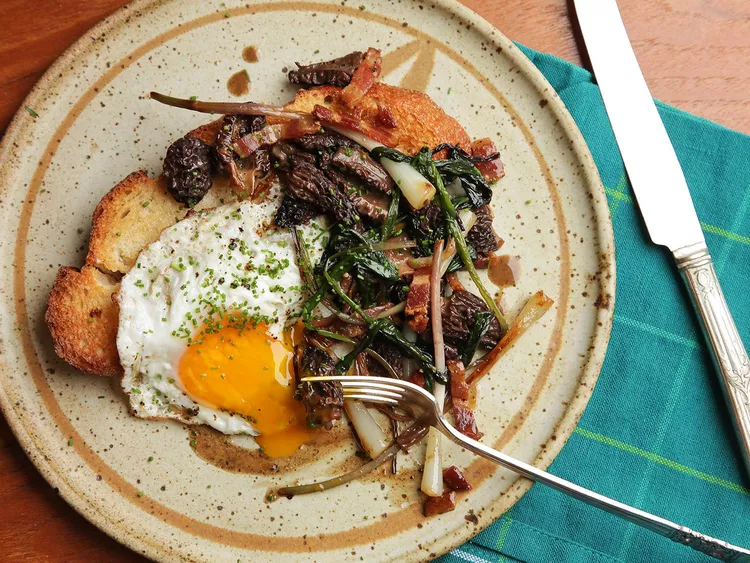 Fried Eggs with Ramps, Morels and Bacon
Fried Eggs with Ramps, Morels and Bacon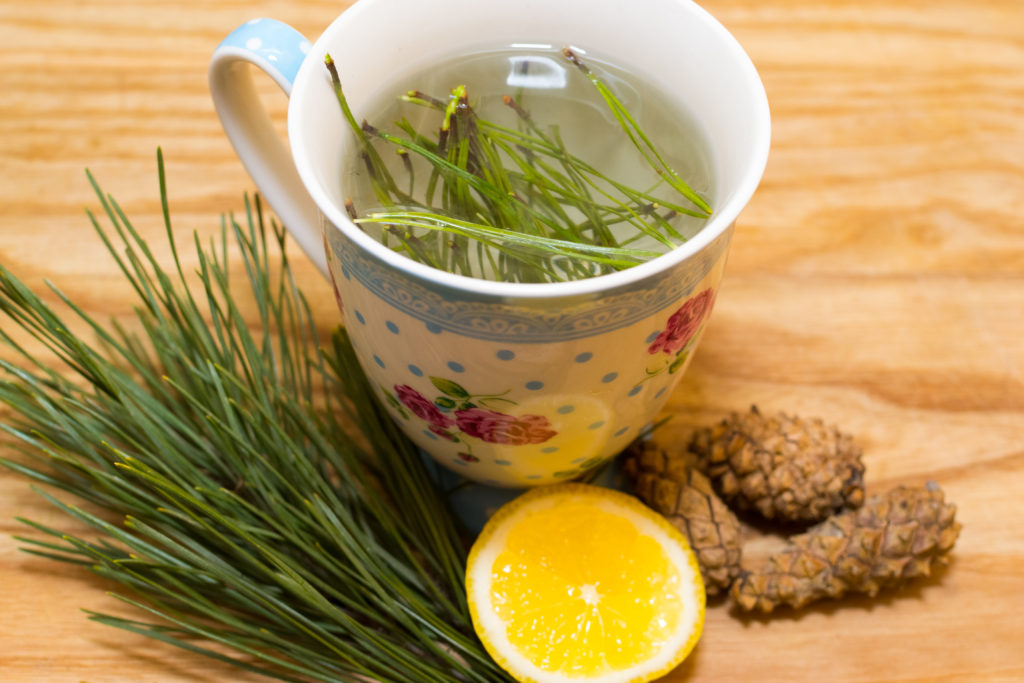
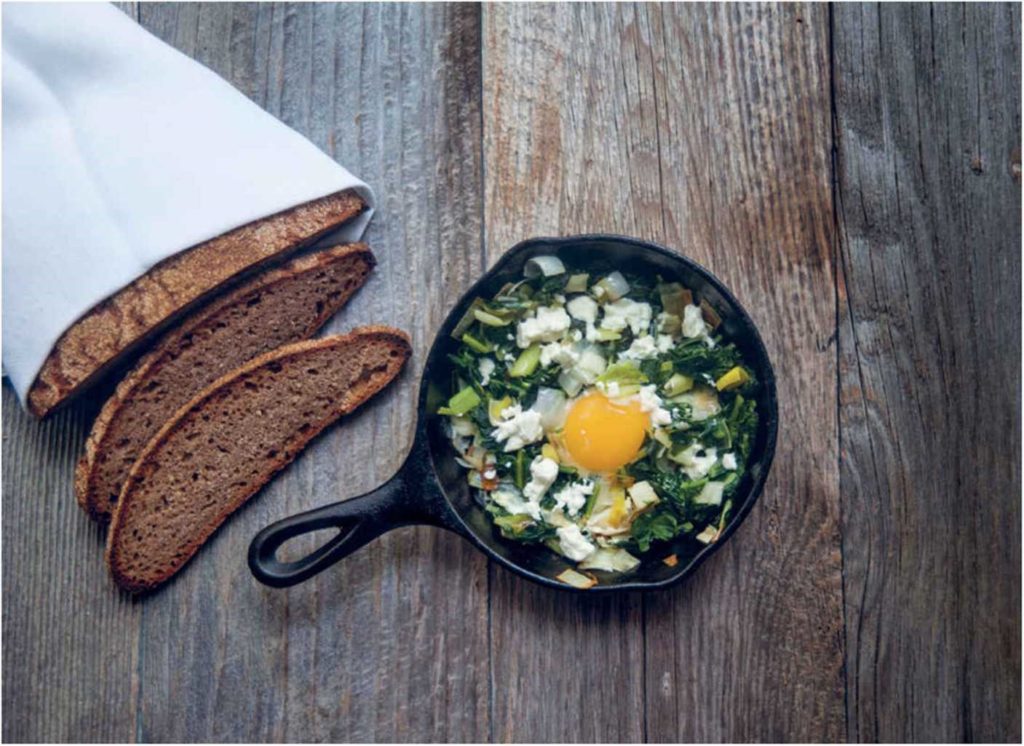
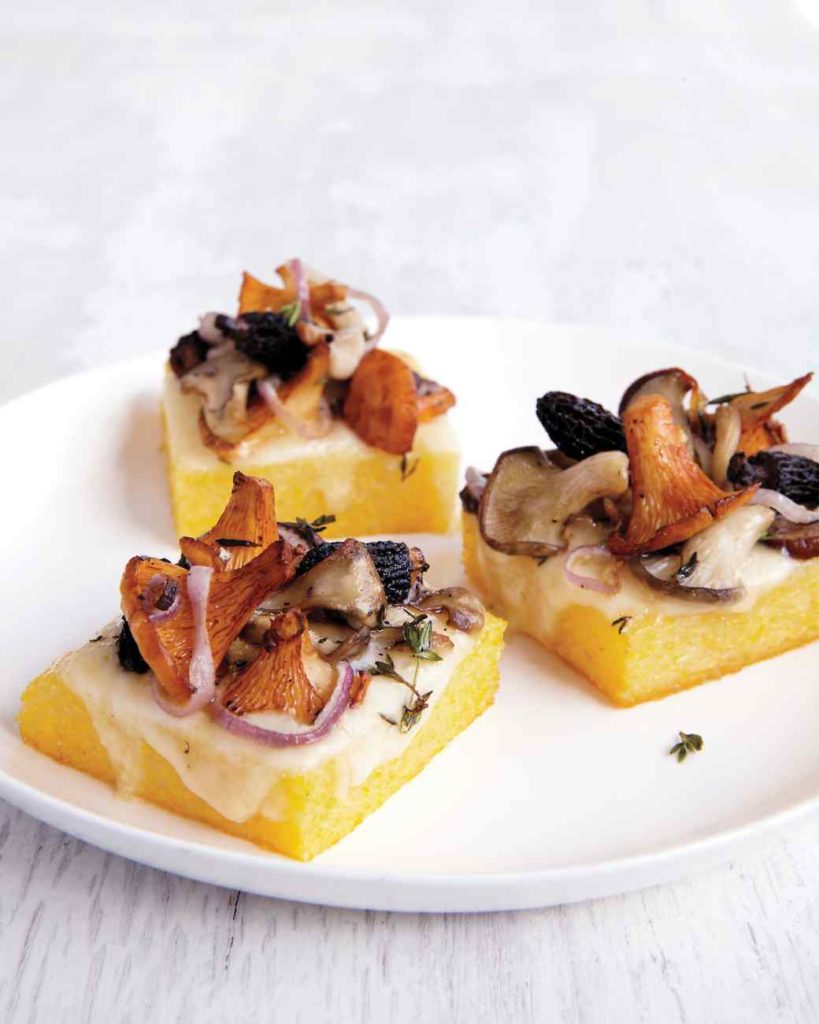
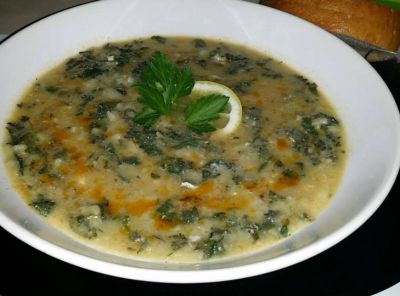 Nettle Soup
Nettle Soup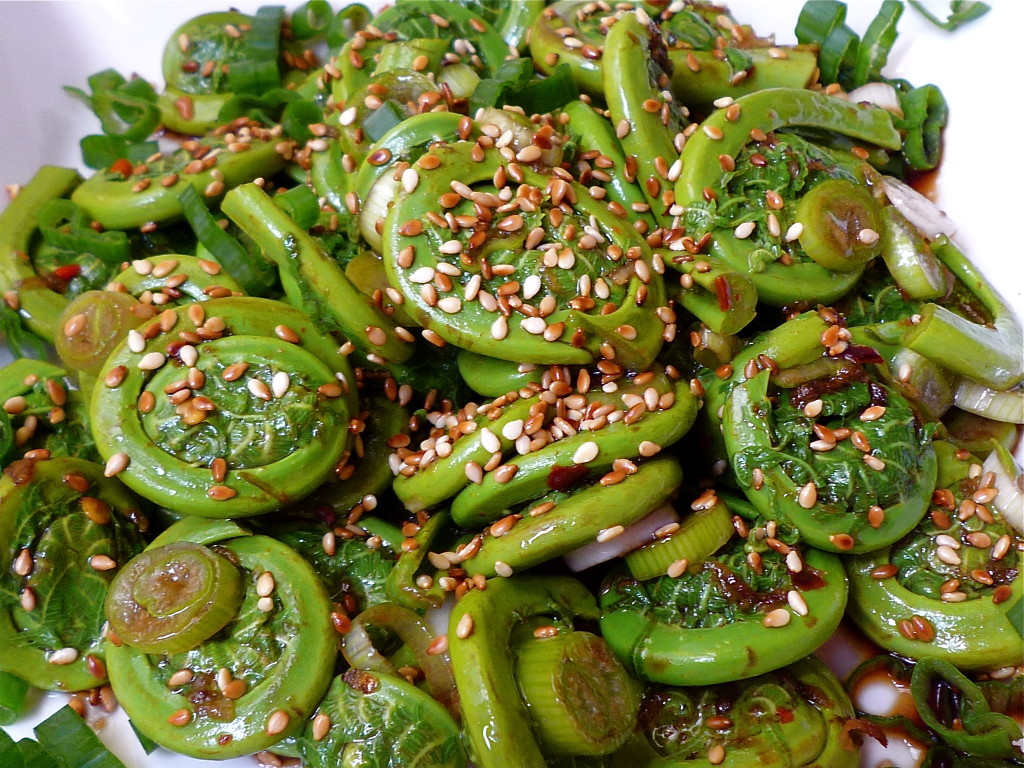
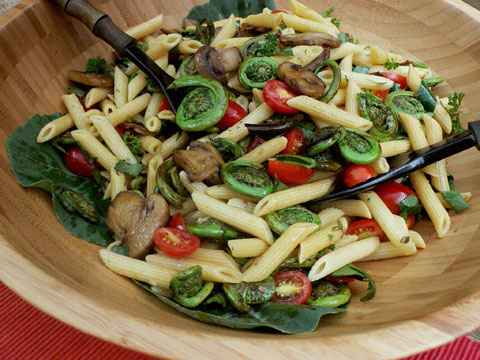
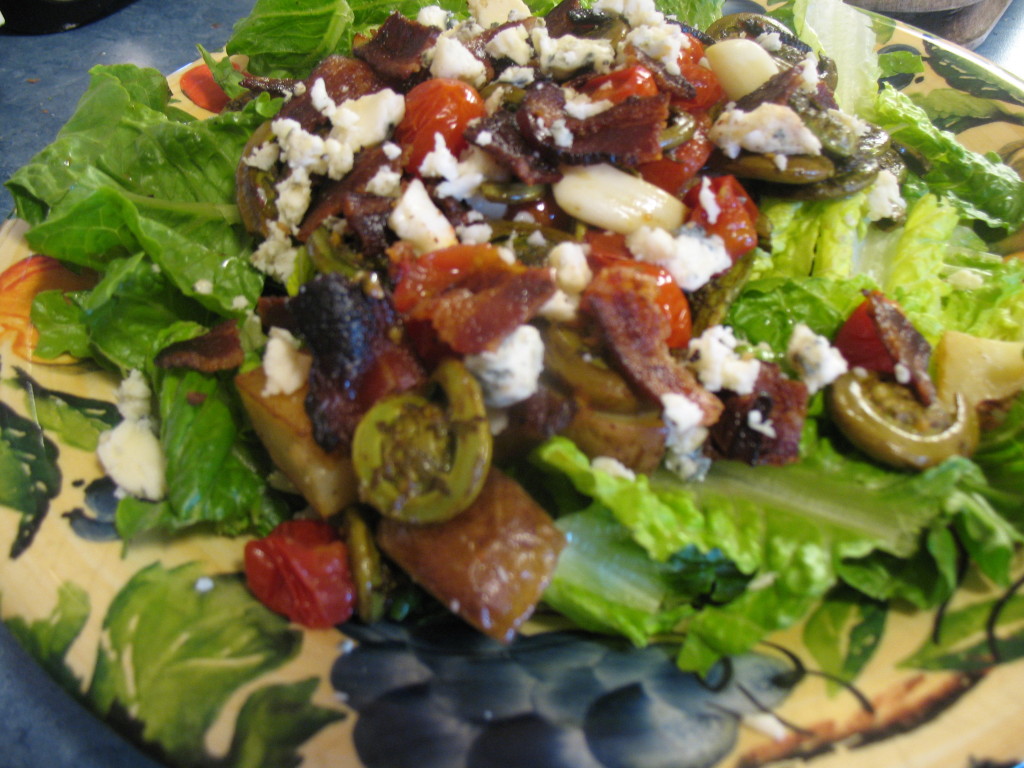
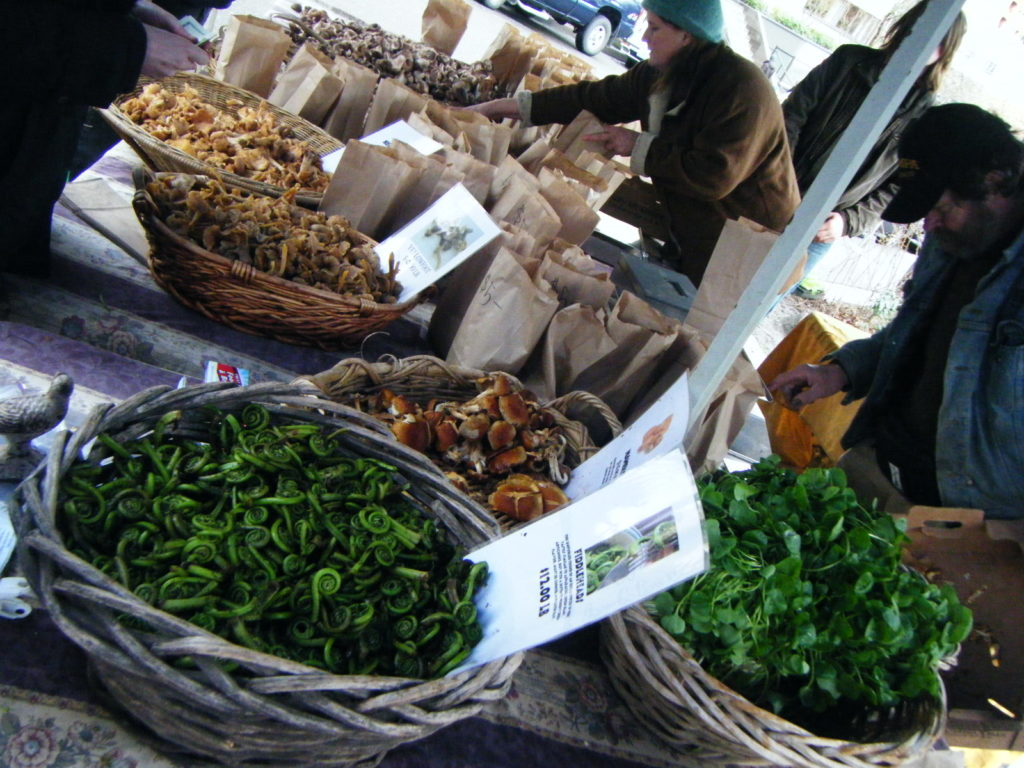
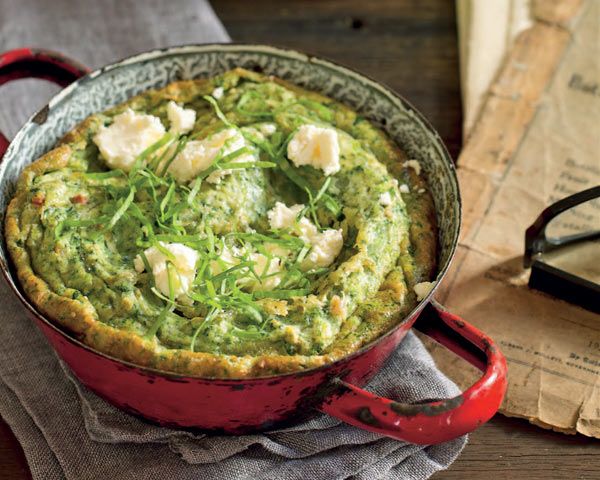
 Prickly Situation- Forager’s Soup with Nettles and Ramps
Prickly Situation- Forager’s Soup with Nettles and Ramps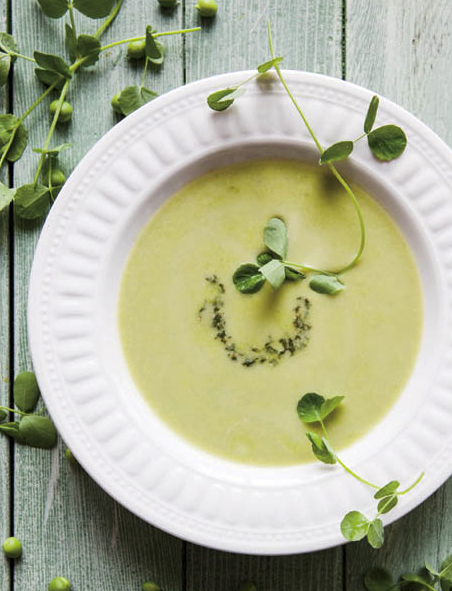
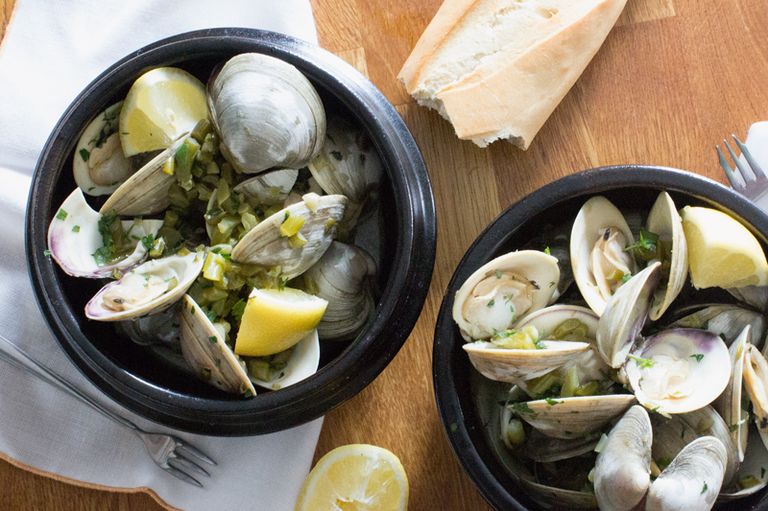
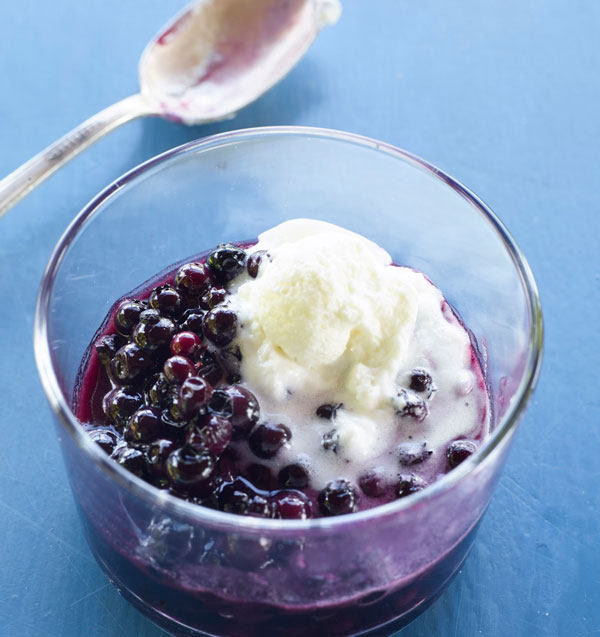
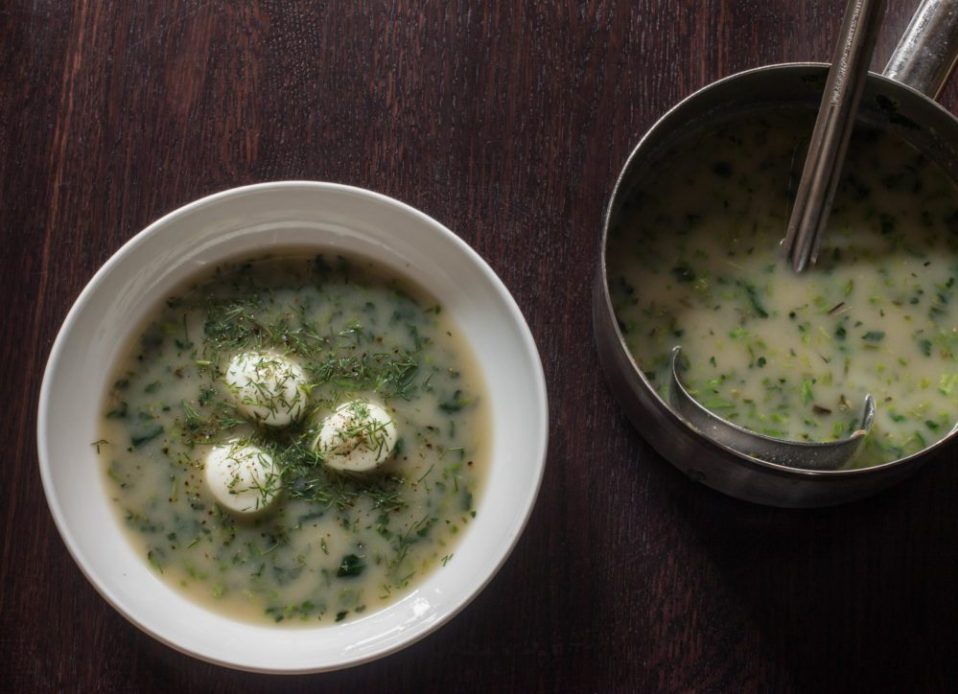 Stinging Nettle Soup with Quail Eggs
Stinging Nettle Soup with Quail Eggs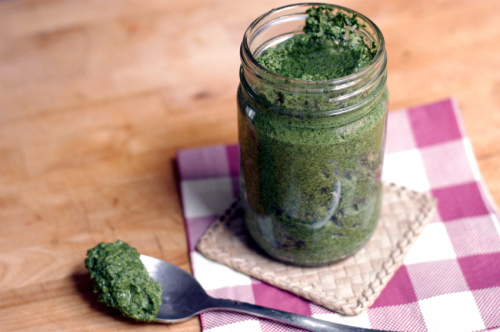
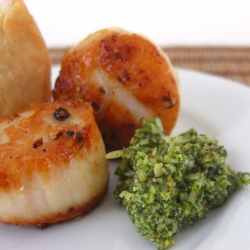
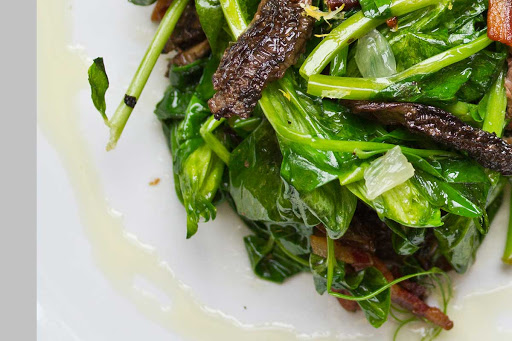

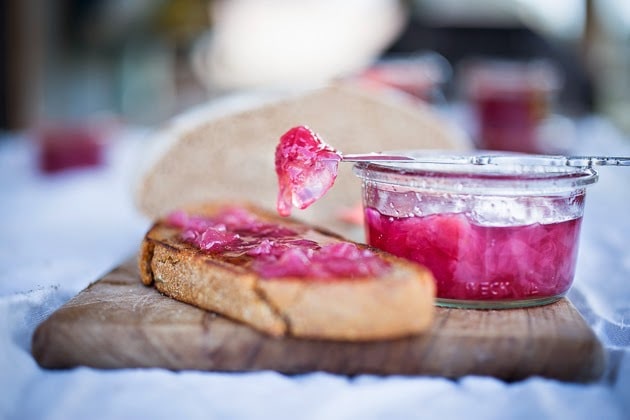
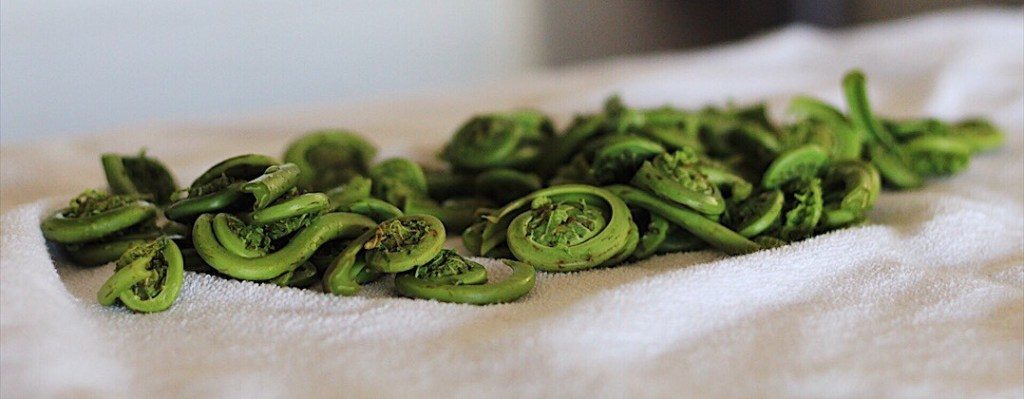
 Dandelion Greens with Guanciale, Pecorino, and Black Olives (Cicoria con Guanciale, Pecorino, e Olive)
Dandelion Greens with Guanciale, Pecorino, and Black Olives (Cicoria con Guanciale, Pecorino, e Olive)